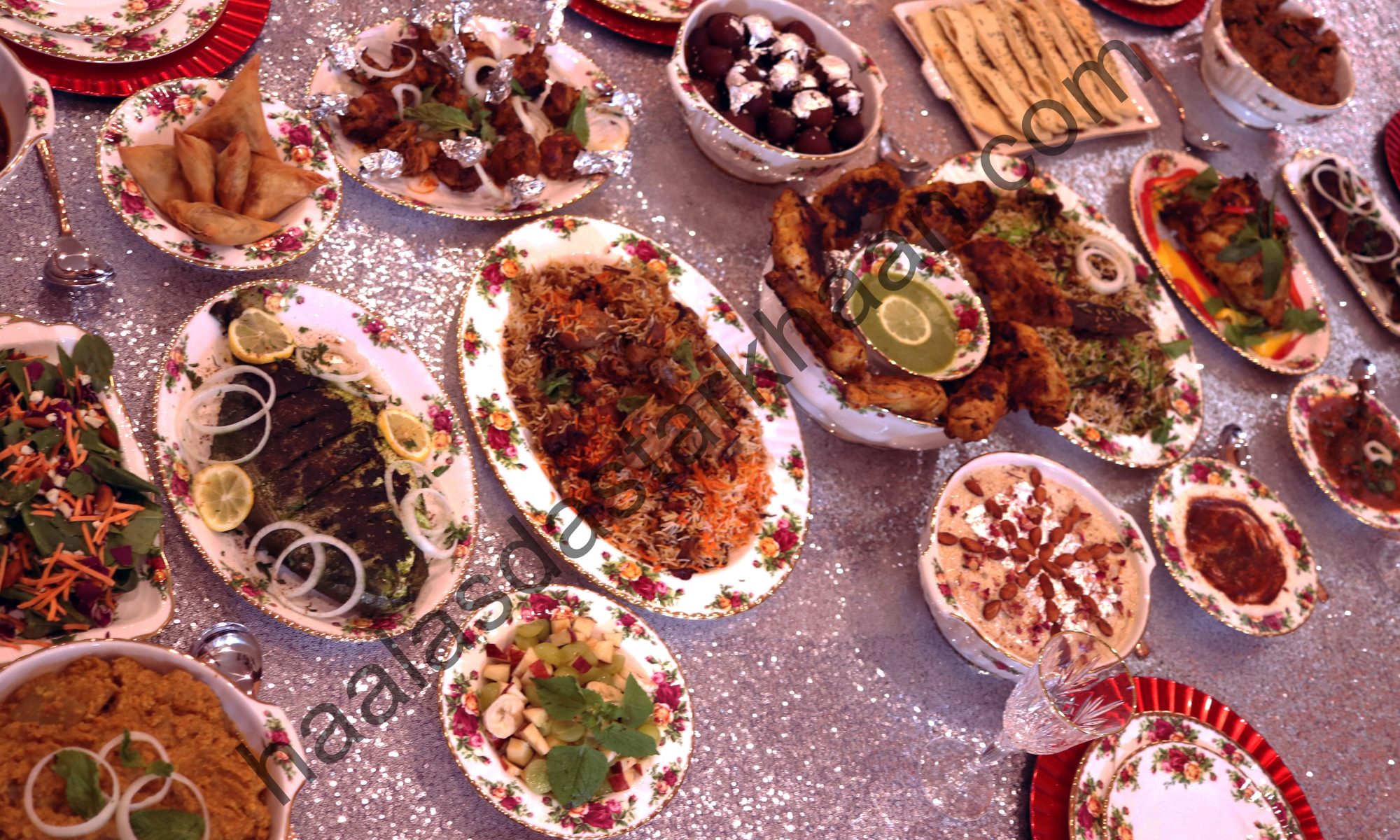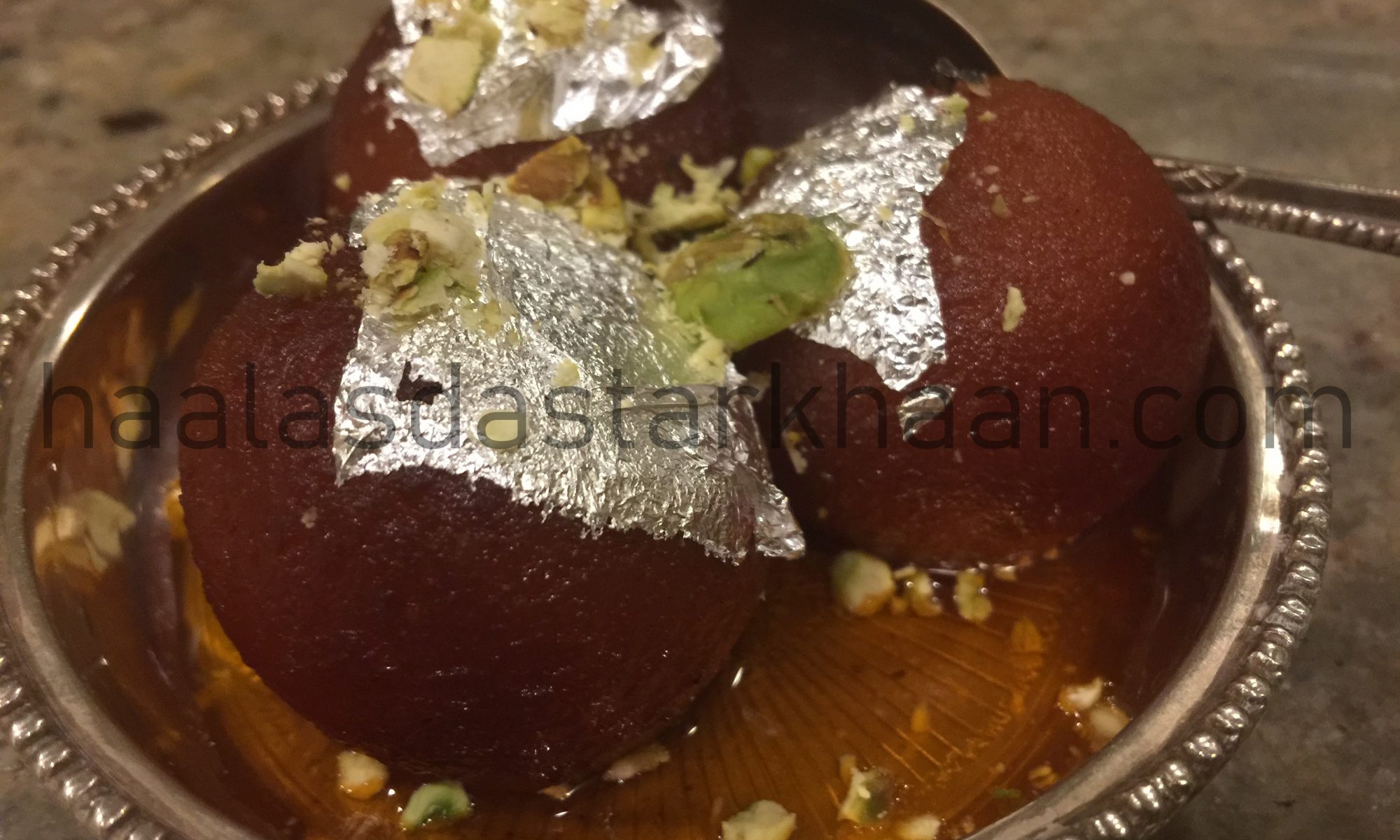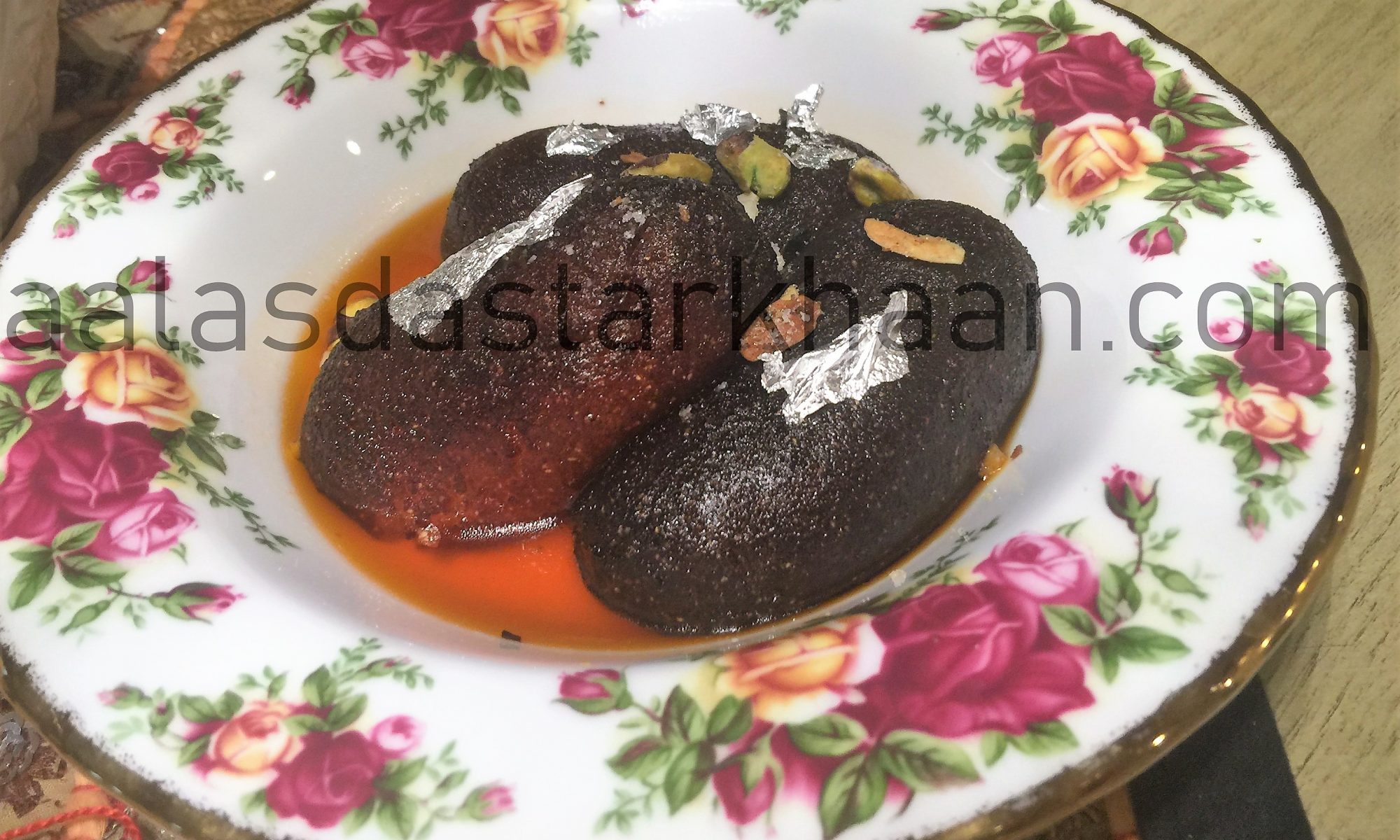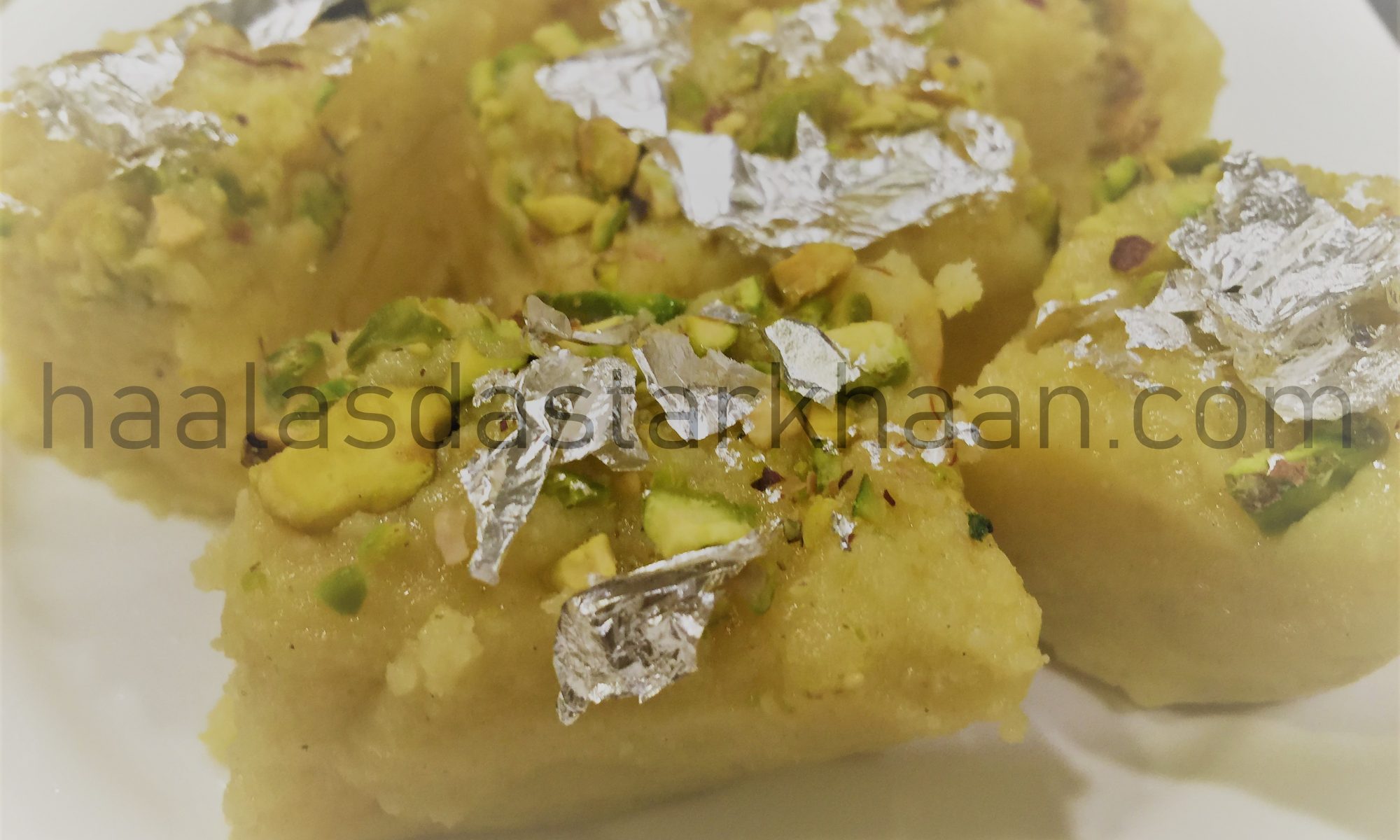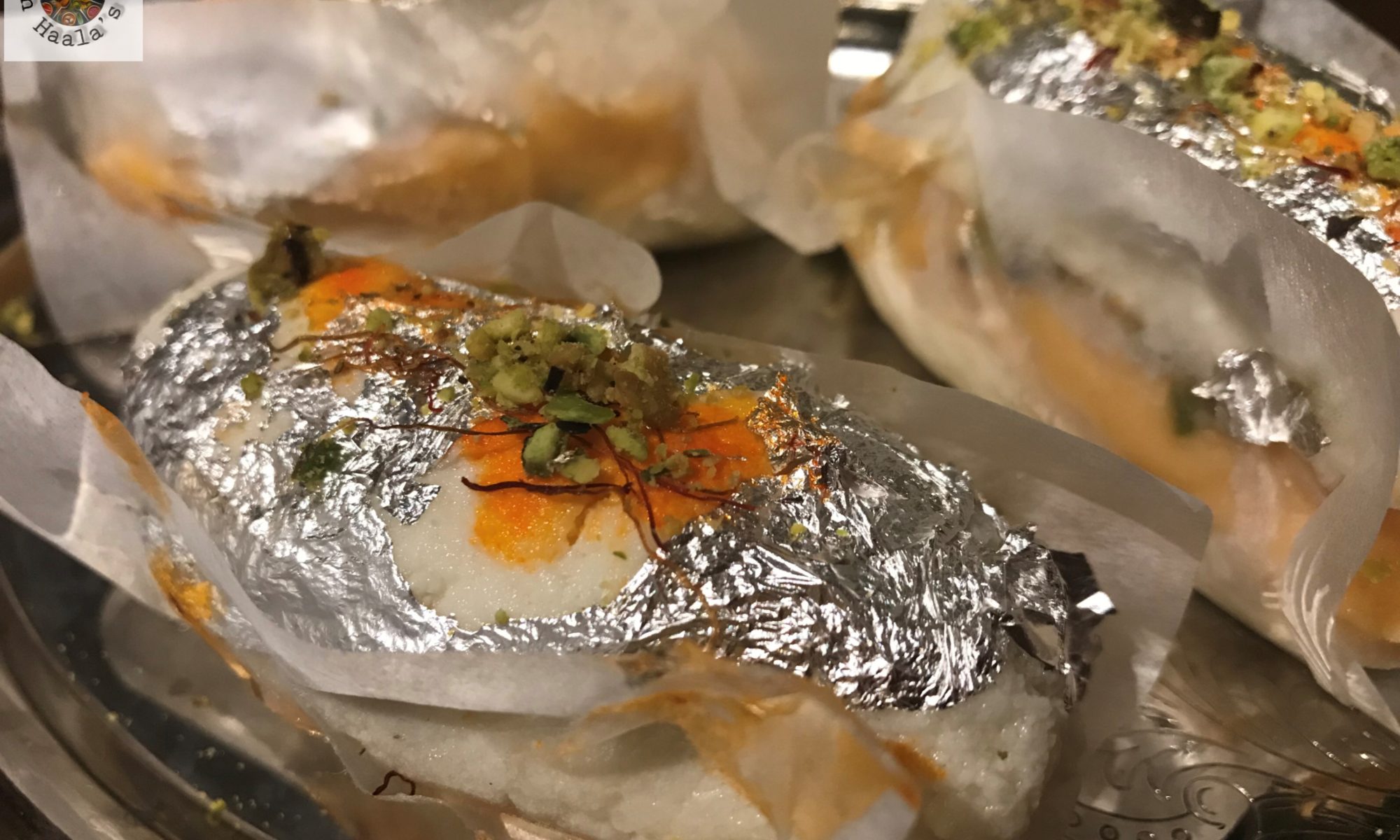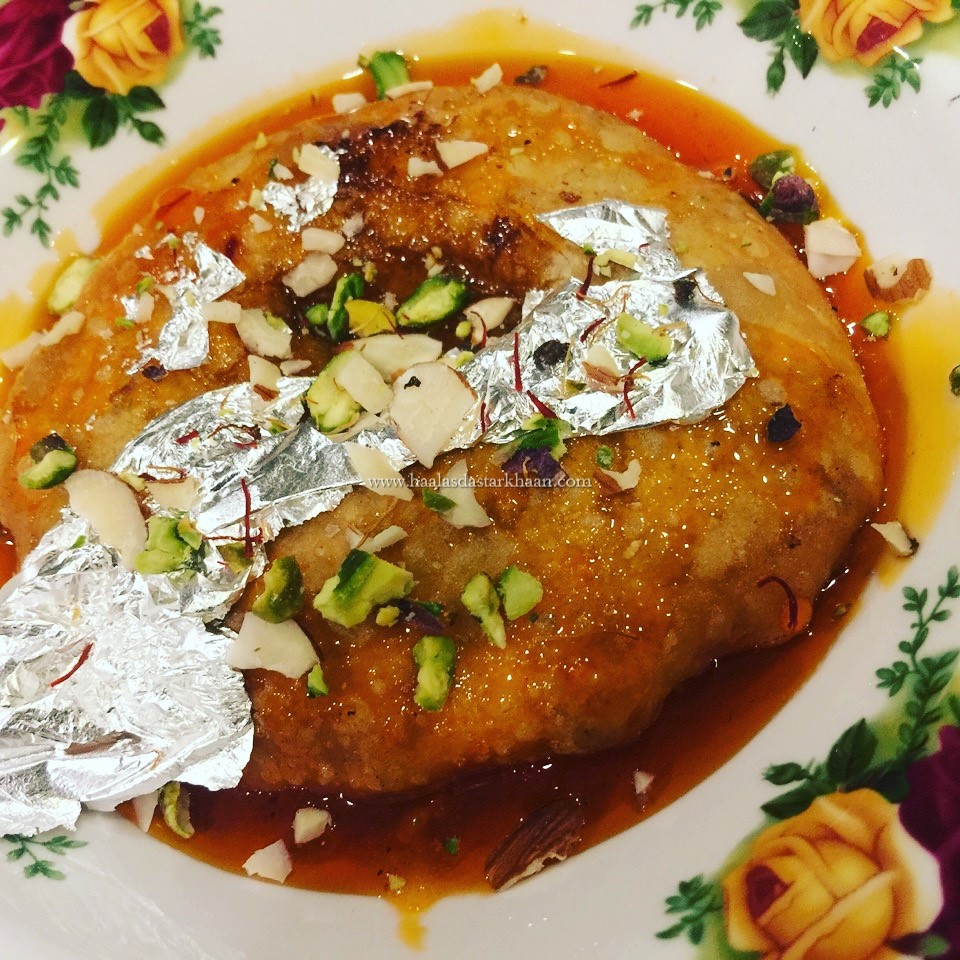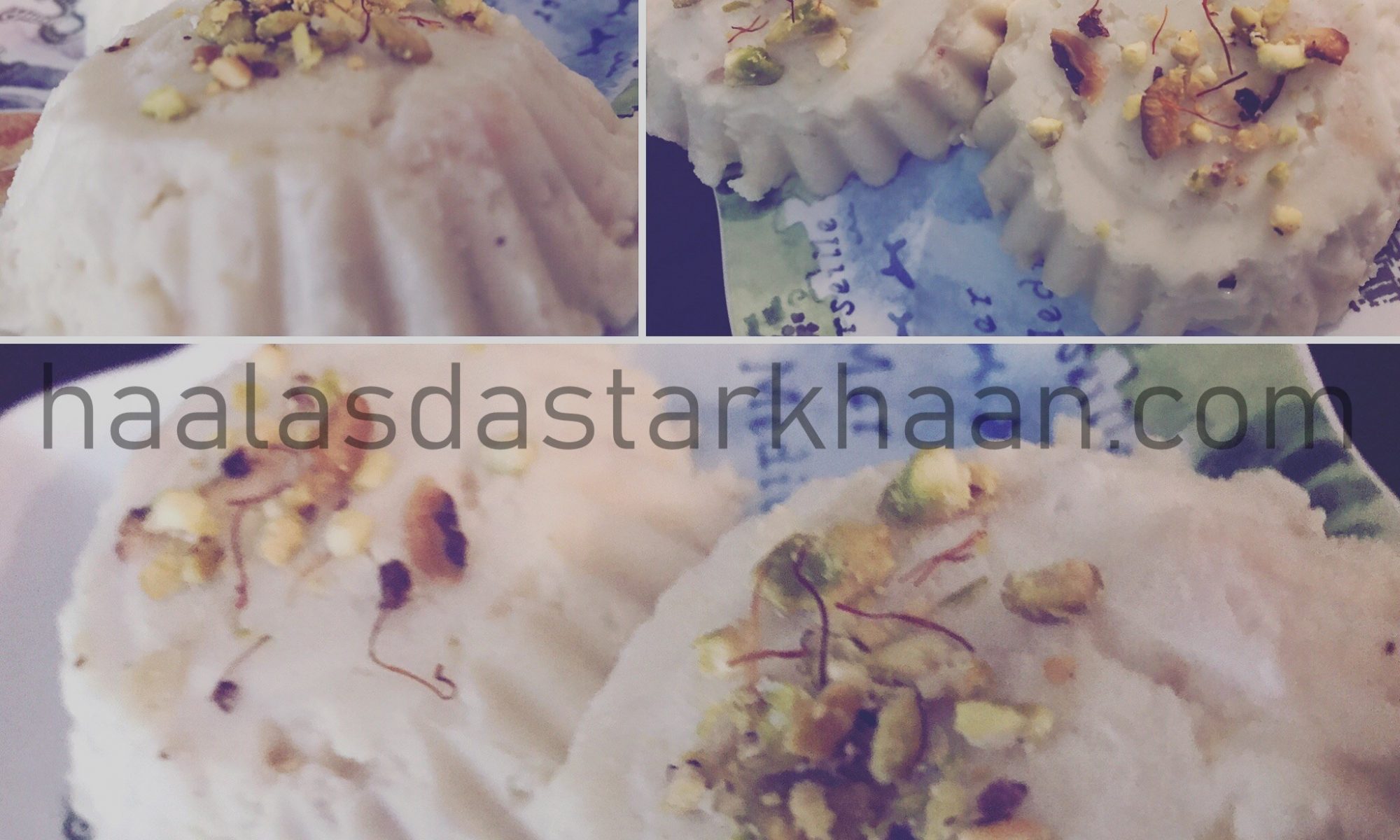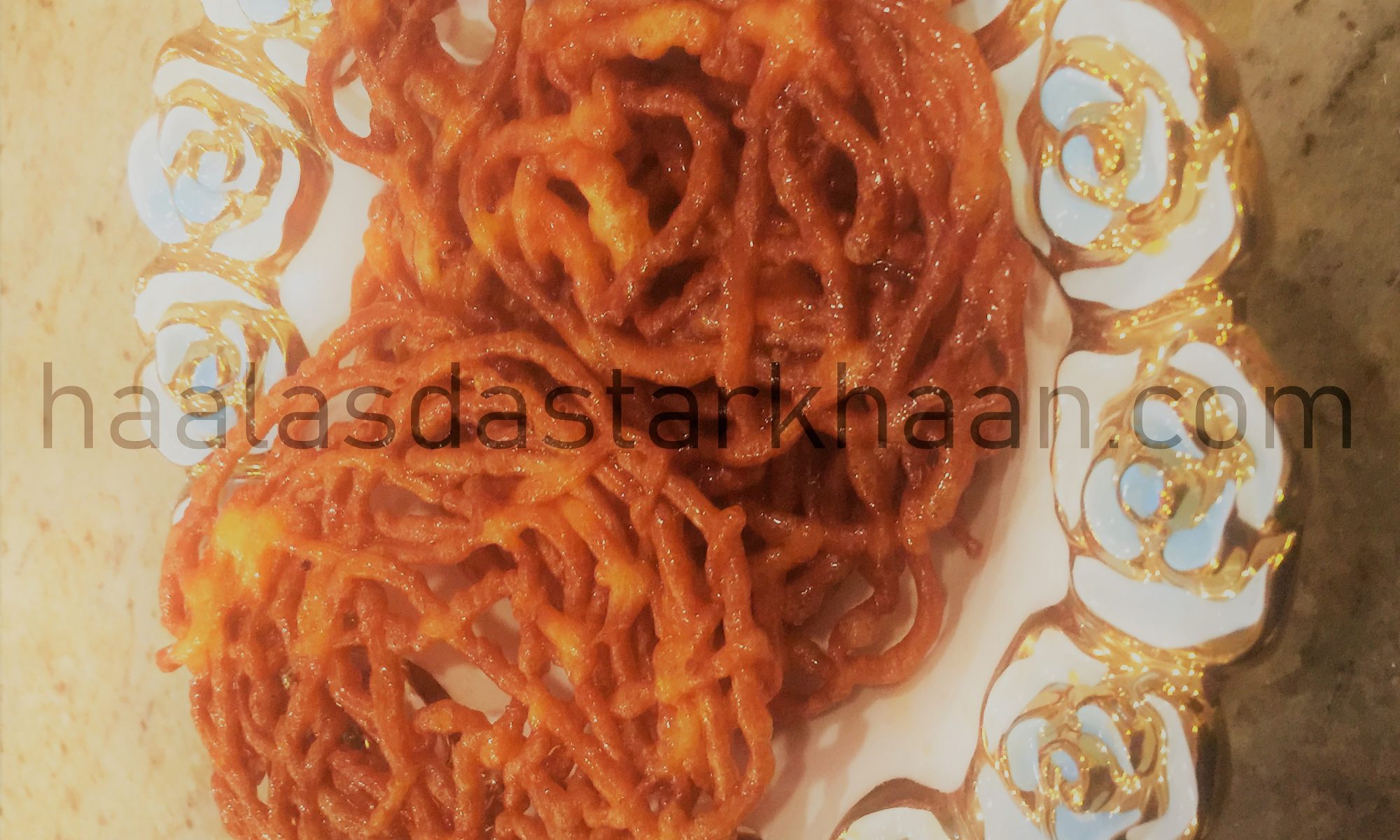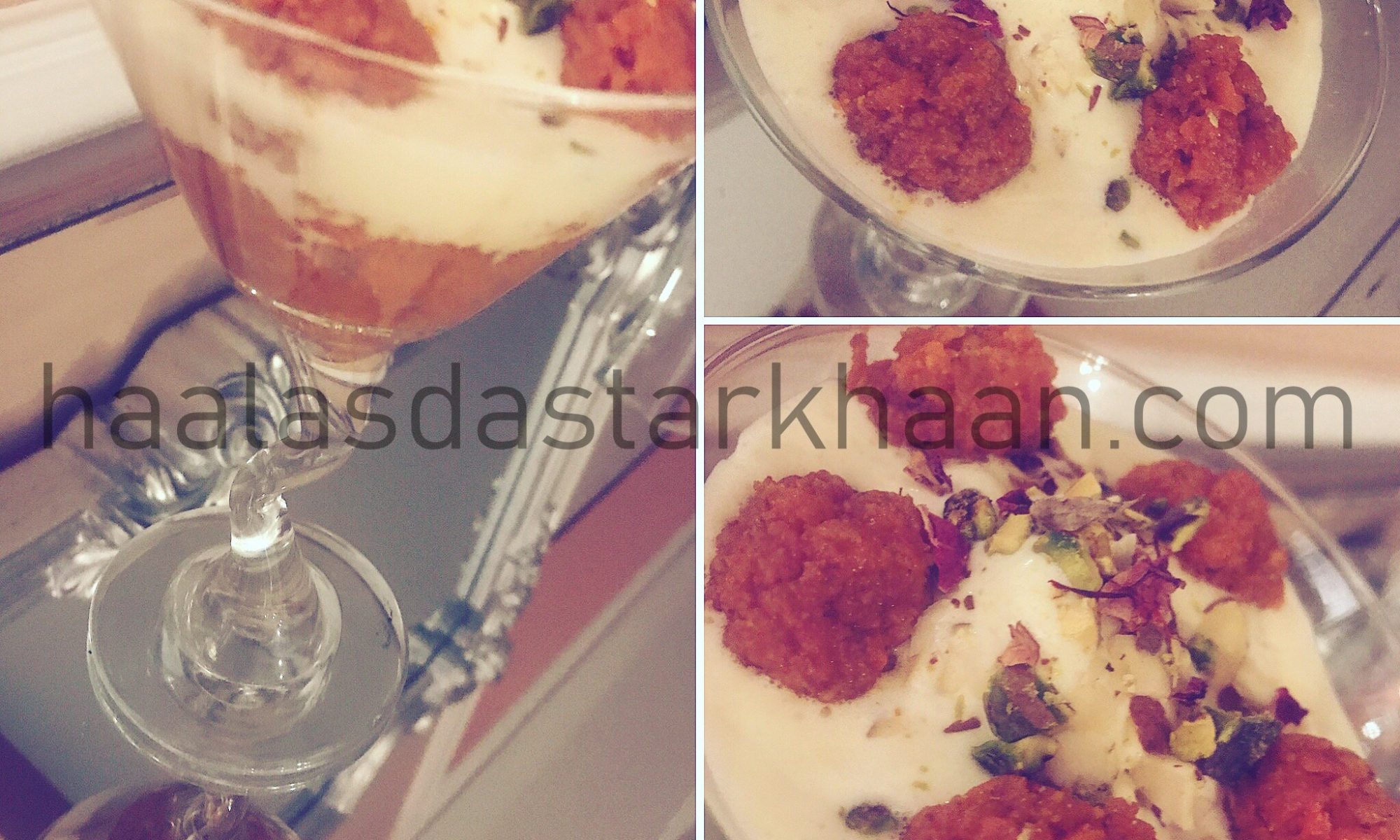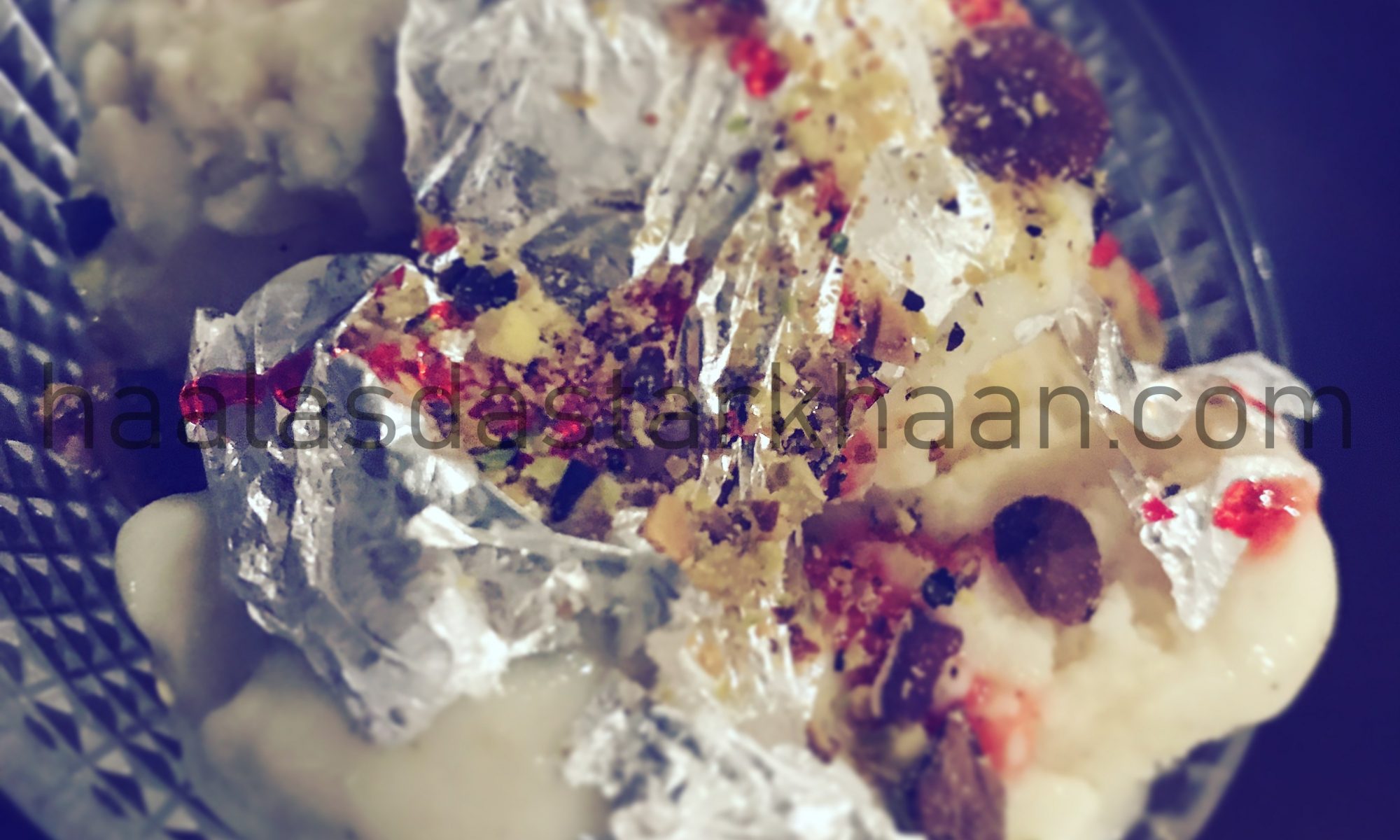Every time someone mentions these awesome, sweet, sugary balls, people either tend to get them from a sweet store or if they are home made, most times they are made from the popular mix pack that has you add a few easy ingredients from home, like sugar and milk and fry them and you all set to serve them. But, little do you know that you don’t really need that little pack or run to the store. Making Gulab Jamuns at home, with ingredients you will find at home, is pretty easy and not at all time consuming. The only thing you need is a perfect recipe.
Now, if you ever thought Gulab Jamuns is a gift of India to the world, you are wrong. Gulab Jamuns are actually a gift from the Mughals. All these sweet dishes that used Orange Blossom water or Rose water or screw pine water with saffron are all delicacies that came in from the Middle East and were introduced to Indian cuisine during the Mughal Era.
As the history says, the Gulab Jamuns were first prepared in the era of medieval times in India, derived from a sweet fritter recipe that a Central Asian Turkish invader brought to India. One theory also claims that it was accidentally prepared by the Mughal emperor Shah Jahan’s personal chef. All in all, it is a sweet dish inspired by the Middle east.
The word “Gulab” is derived from the Persian words gul, which means flower and āb, means water, referring to the rose water-scented syrup. Jamun is also defined as a fried delicacy in dipped in sugar syrup. A middle eastern dessert Luqmat al-qadi is very similar to gulab jamun, though it uses a different batter.
These outstanding Gulab Jamuns have a remarkable depth of taste and texture achieved very carefully combining few ingredients to form balls. Fry them slowly in ghee or oil, further soak them in syrup. With such detailed recipe, its hard to go wrong.
